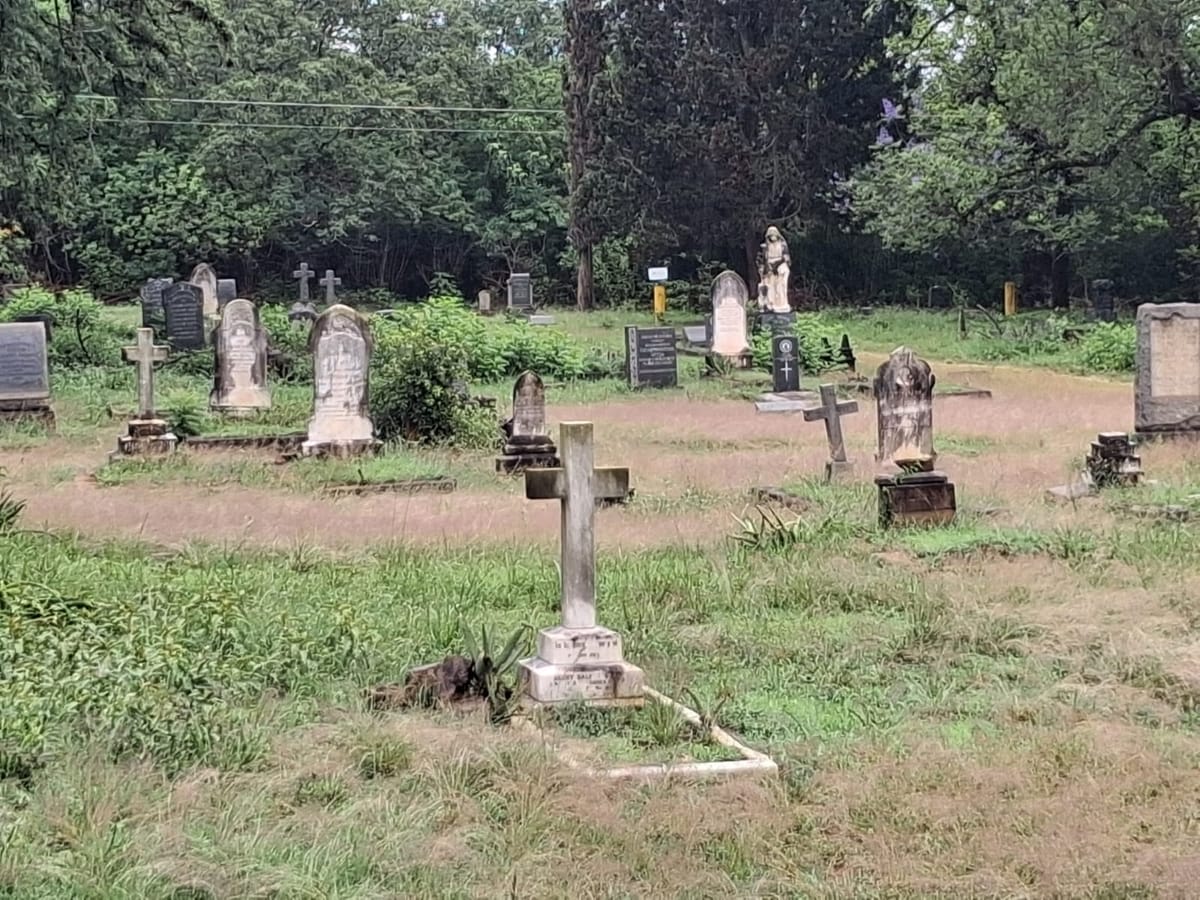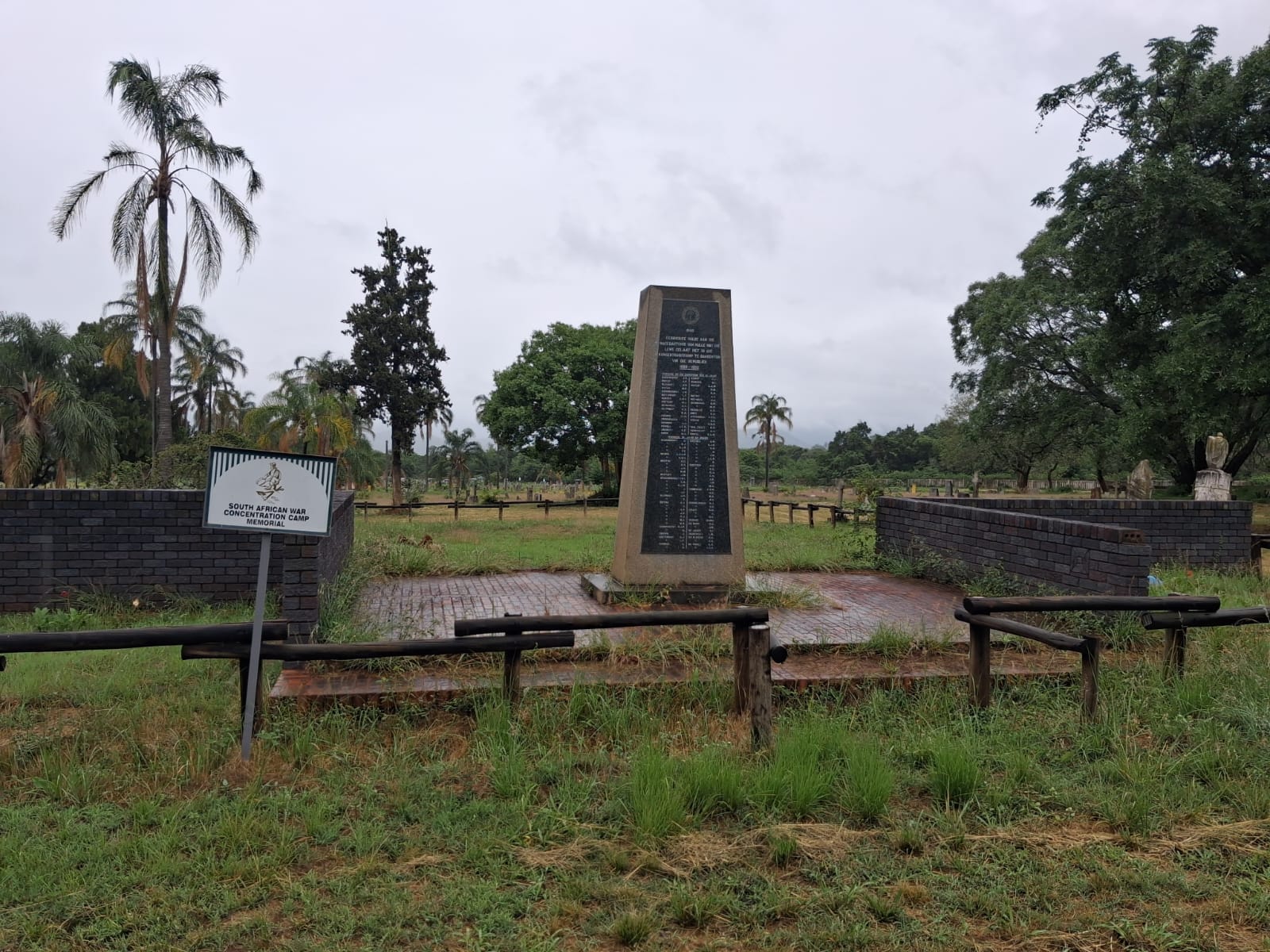Barberton Cemetery: memory, mourning and a call to protect our heritage
To allow further deterioration of the cemetery would be to lose irreplaceable fragments of our shared history.

Tucked at the end of Gospel Street, Barberton’s cemetery is more than a resting place. It is a layered record of the town’s difficult past. The Military Garden of Remembrance and the Boer War concentration‑camp memorial stand beside weathered family plots, telling stories that deserve careful attention and protection.

Barberton’s cemetery holds graves from the town’s earliest European settlers through to modern burials.

Two parts of the site are of special historical significance for the town and the wider region: The Military Garden of Remembrance, which contains Commonwealth war graves from the First and Second World Wars, and the memorial area for captives who perished at the Barberton concentration camp during the Anglo‑Boer War.

The concentration‑camp memorial marks a painful chapter in local history. Camp records and historical accounts tell of many hundreds of captives being held in Barberton during 1901–1902. Adults and children died of disease and the harsh conditions of the time, and the memorial and surrounding graves remain a solemn reminder of this period.

Within the burial grounds lies the Military Garden of Remembrance, a formal area established to honour those who served and died in the world wars. Commonwealth and other service graves can still be recognised by their distinctive headstones and memorial plaques.
Though the Barberton site is small by international standards, it is important to the local community as it connects Barberton families to global conflicts and to the many servicemen and women who passed through the town.
Over the years the cemetery has suffered repeated vandalism and neglect. Various sections, from older family plots to war‑grave markers, have experienced damage ranging from broken headstones to removed plaques. At times, the Memorial Garden and concentration‑camp area have shown signs of neglect, with littering and weather‑related decay made worse by human interference.

This was unfortunately the situation when this journalist visited the cemetery to take some photographs. This destruction is particularly painful in a historic space, as it erases names and stories that cannot easily be recovered. For descendants tracing family history and researchers studying Barberton’s past, such loss is deeply felt.
The cemetery is not only a place of mourning but also a vital historical asset that anchors Barberton’s identity. Protecting the graves and memorials preserves the dignity of those laid to rest and safeguards primary material for future generations. With proper restoration, the cemetery can continue to host respectful commemorations, including Remembrance Day services and heritage‑focused school visits.
Preservation can be strengthened through collaboration between municipal authorities, local heritage groups and community volunteers. The Barberton Museum, in particular, remains a key partner in safeguarding the cemetery’s records and historical context. Municipal‑level coordination, combined with regular clean‑up days and repair initiatives, could dramatically improve the site’s condition.

Community members wishing to contribute can report any damage to municipal officials or the museum, participate in volunteer clean‑up days, or assist with documenting family graves for archival projects. Local businesses may also consider sponsoring the repair of damaged headstones or contributing to the maintenance of the Garden of Remembrance.
Barberton’s cemetery holds some of the town’s most meaningful and fragile memories. To allow further deterioration would be to lose irreplaceable fragments of our shared history. Now is the time for a united effort to protect this site before more names and stories disappear.
🔴 Have you read these articles yet? Each one is a quick read, and we think you’ll enjoy it.
👉 The power of gentle home design
👉 Nourishment through accessible, everyday nutrition





Comments ()